Peace to you, dekeLovers. This week’s free Deke’s Techniques episode was inspired by the poster for the 1968 musical Hair. This image pretty much defines the concept of “posterization,” i.e. the conversion of a continuous tone image into decidedly non-continuous abrupt changes in color, employed with the intention of making, well, a poster.
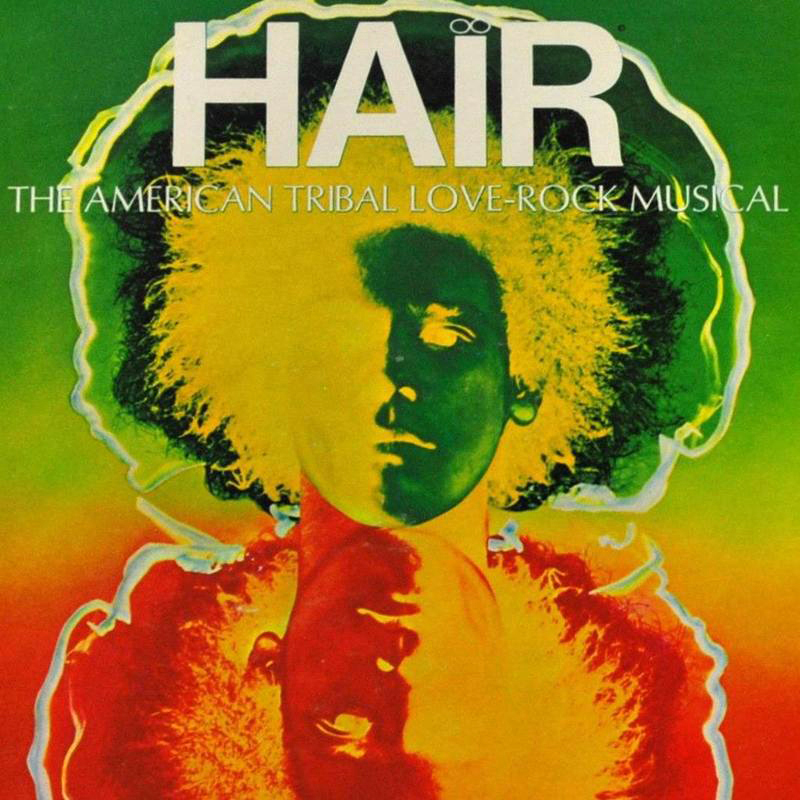
Side note: Deke (late-Baby Boomer) knows all the lyrics to this musical and will surprise you by singing along to the tunes at the top of his lungs. Whereas I (early-GenXer), instead, know all the words to Jesus Christ Superstar. This is how our Millennial kids can tell us apart. It may seem like Deke being a mere three years older than I should be insignificant, but it makes a huge difference in the late-60s-early-70s rock musical knowledge milieu.
Anyway, Deke set out to use the Posterize adjustment layer feature in Photoshop to pay homage to this quintessential piece of intentionally posterized art. He begins with this photo from our friends at Dreamstime.com (dekeDeals can be found here):
Step one is to actually apply the Posterize adjustment layer, setting the luminance level (the Levels slider in the Posterize properties) to 8:
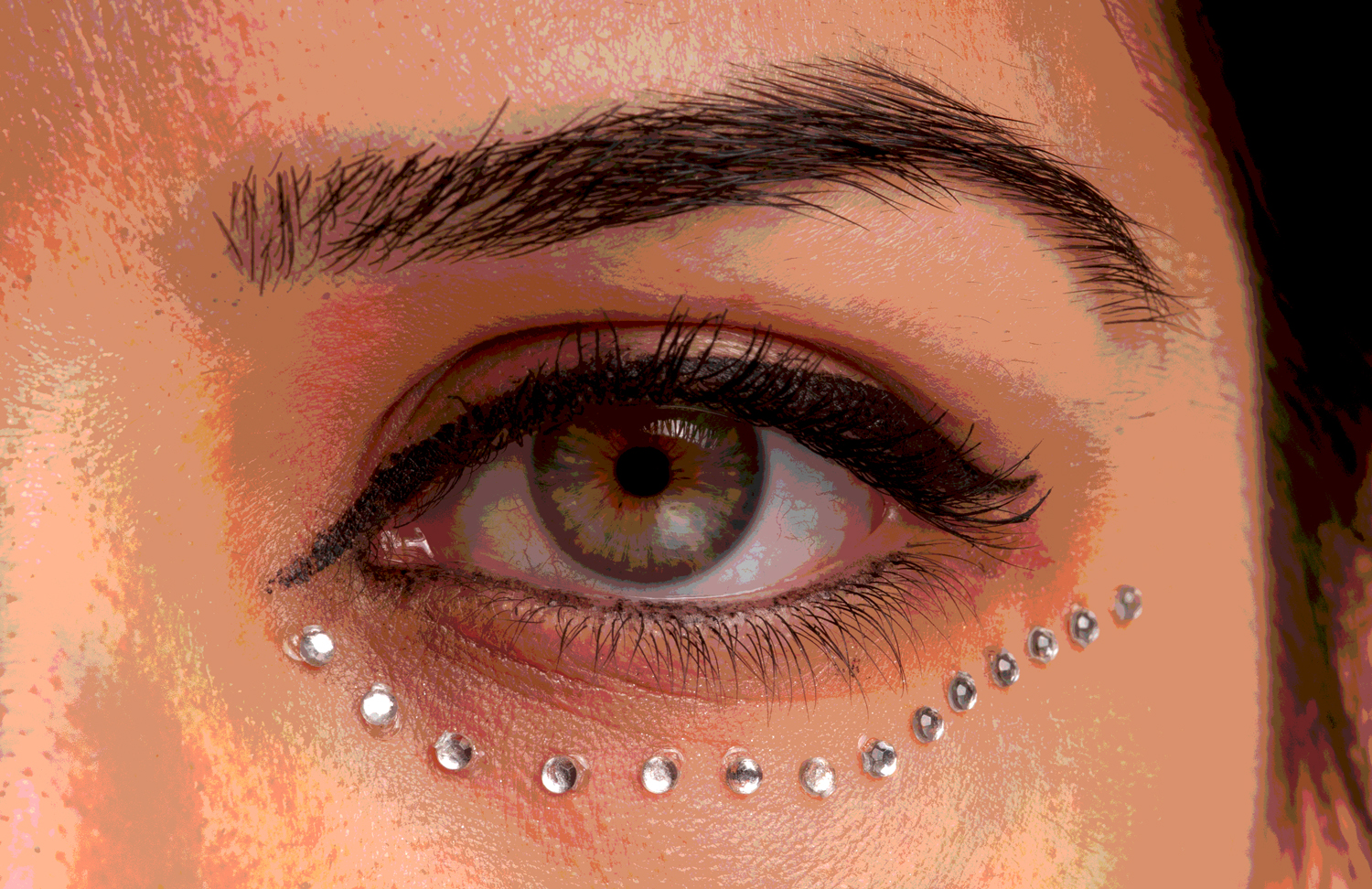
But 8 levels in this case is actually 512 when you have 8 levels per channel, so Deke then uses another old-school Photoshop feature, the Channel Mixer with its Monochrome check box, to pare the image down to 8 actual luminance levels.
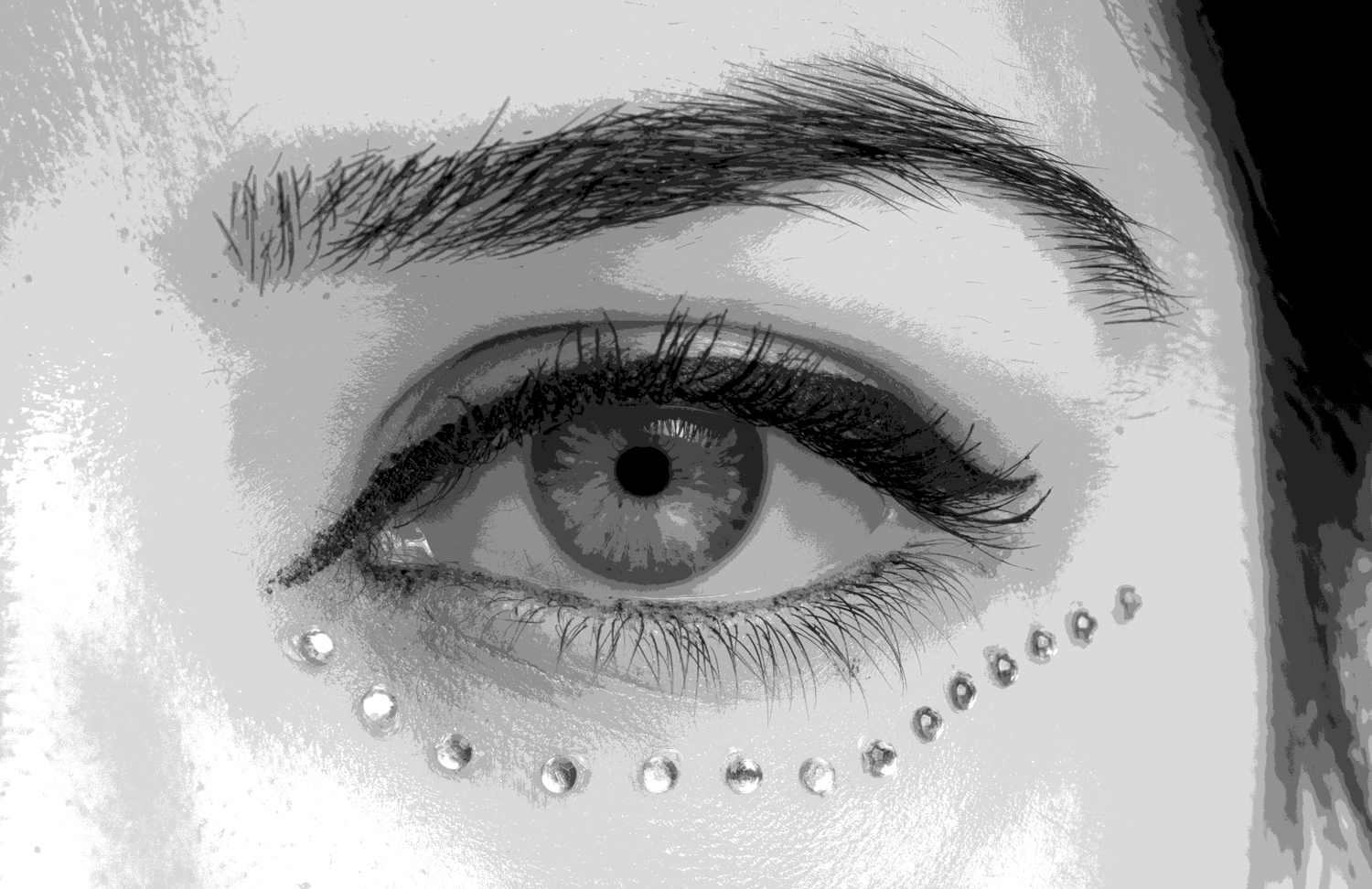
Then, armed with yet another retro Photoshop tool, the Paint Bucket, he proceeds to recolor each shade of gray (plus black and white) into something much more late-60s to achieve his Hair effect.
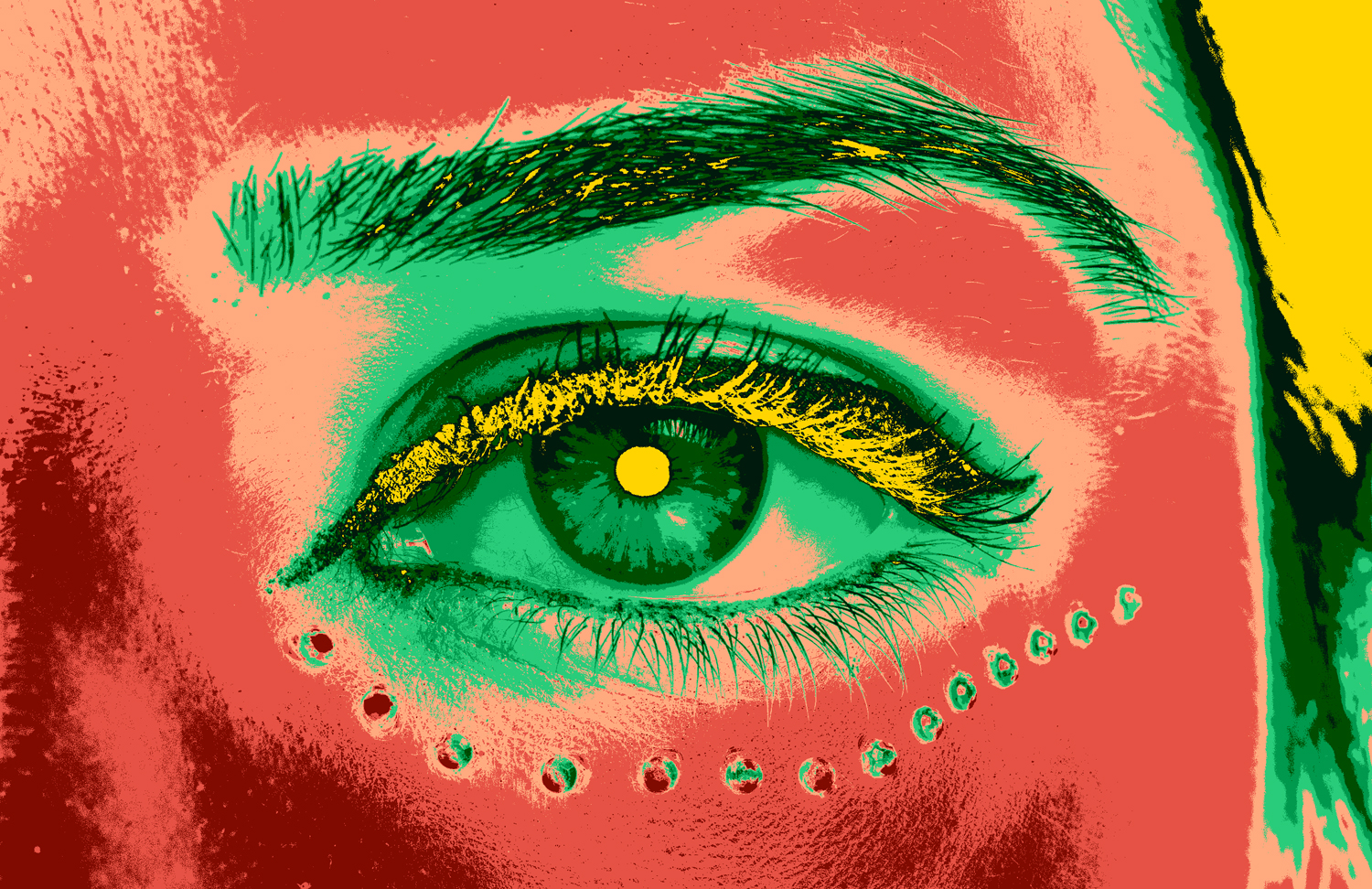
If you’re a member of LinkedIn Learning, then Deke’s got an exclusive movie this week full of tips and tricks for using said paint bucket tool to change up the color scheme.
Deke’s Techniques, using old tools to create new (old) effects.

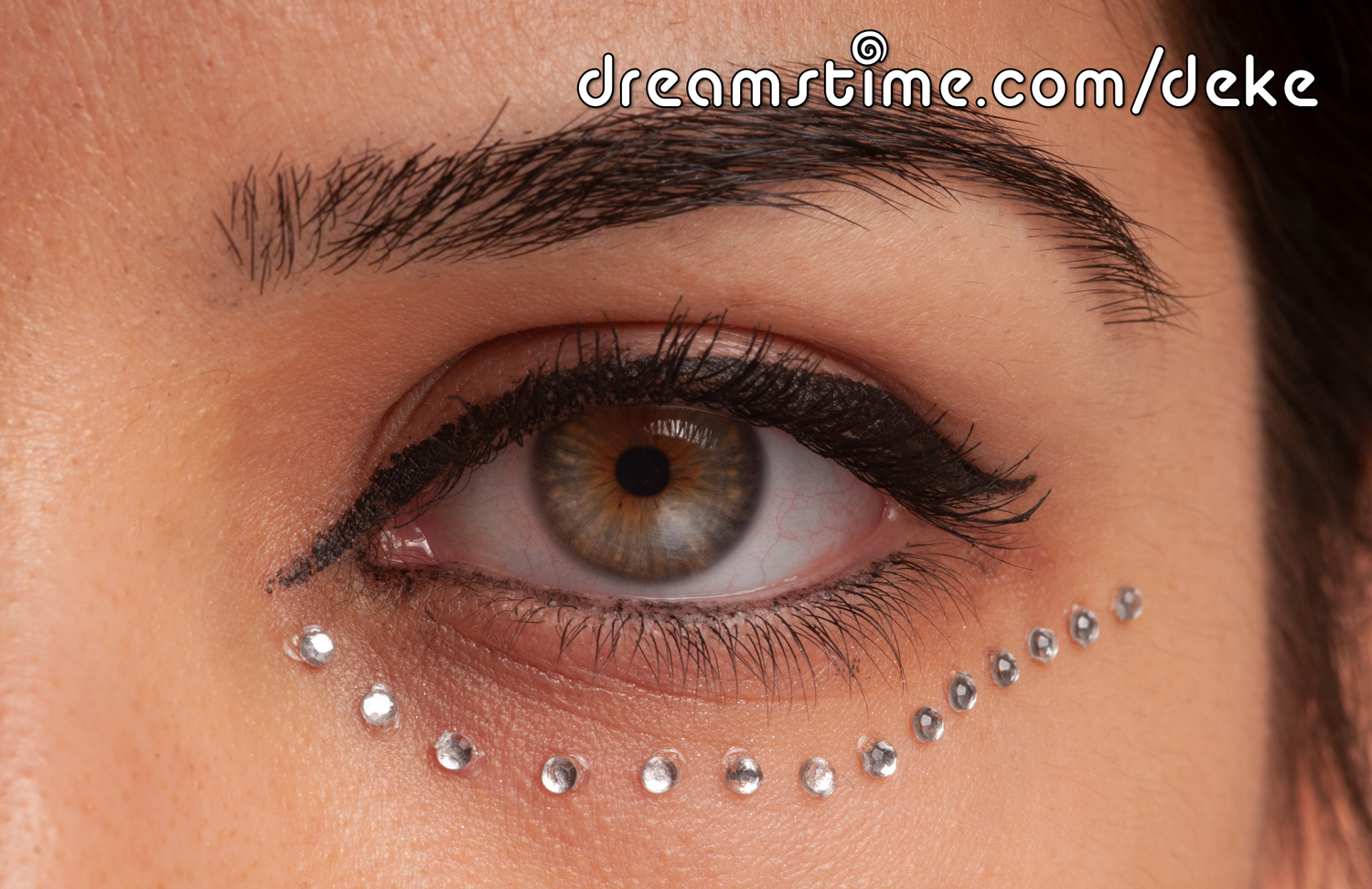



Comments